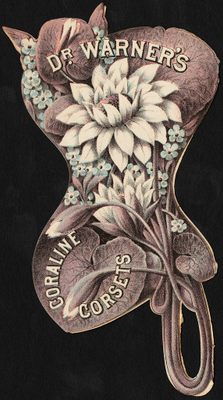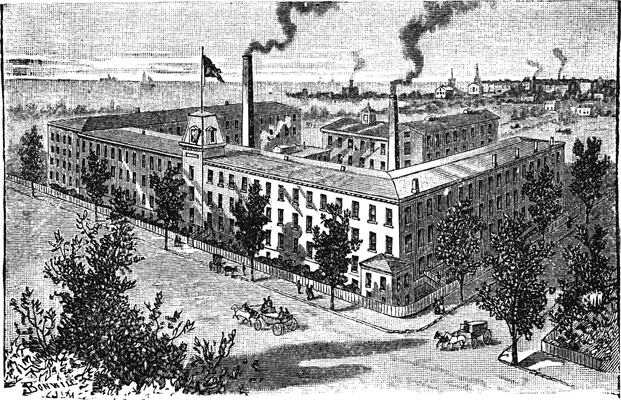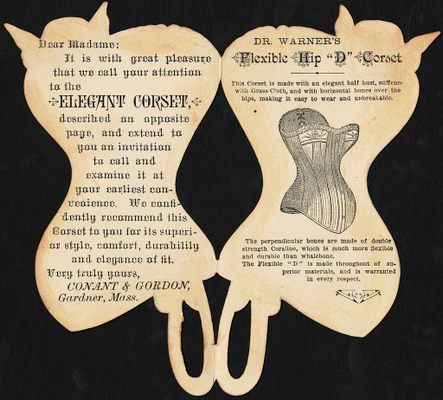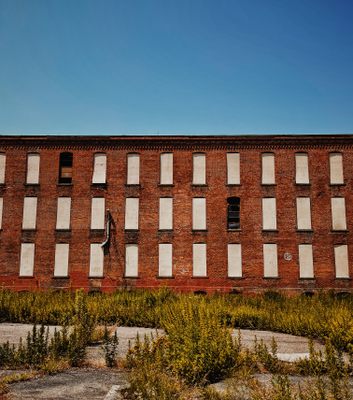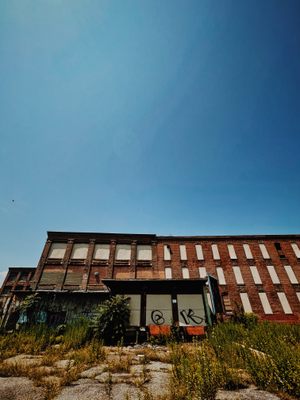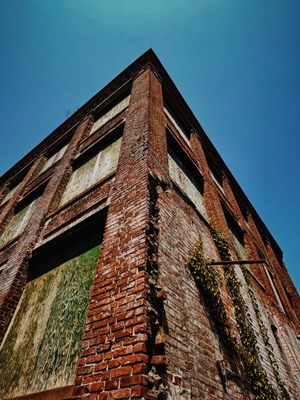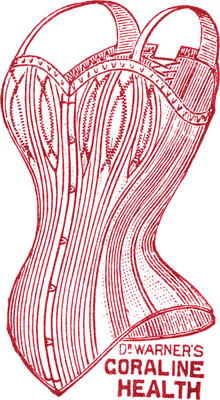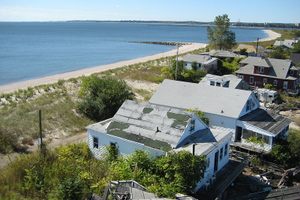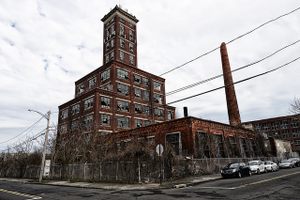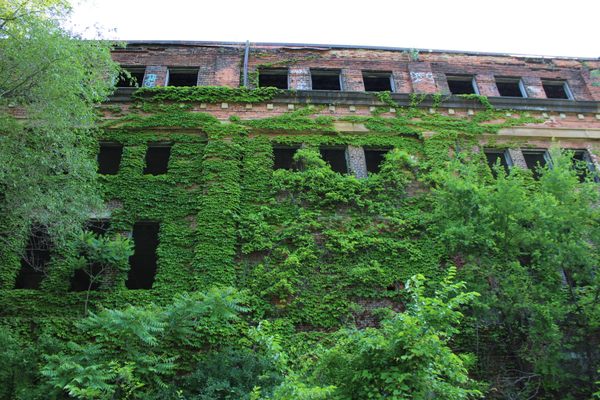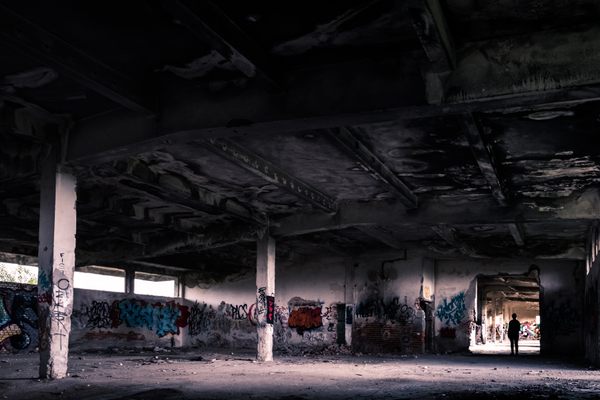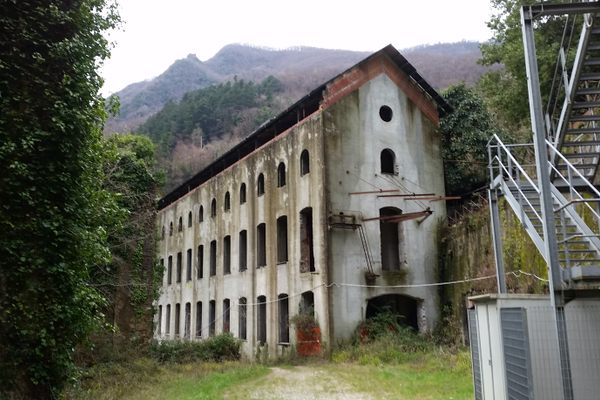About
It seems obvious now, but it wasn't until the late 1800s that doctors began to notice the injuries women received by wearing corsets made of steel and whalebone. Their lungs were crushed and their organs squeezed to the point of failure. At this factory, two doctors pioneered a corset that, along with burgeoning women's liberation, allowed women to do more.
Though they were associated with delicate femininity, corsets were actually heavy duty objects structured to literally force a woman's body into a given period's beauty standards. But towards the end of the 19th century, two things were happening to change the public feeling about corsets.
First, women were gaining more independence and social mores about clothing were loosening. Ladies displayed their shoulders and ankles in public when taking part in activities like swimming and bicycling, not to mention the long working hours of lower class women, and needed to be able to move better. Second, in the wake of a prolific era in medicine, there was a trend in health cures. People had the sense that we, as a public, could become our best selves by improving our health through health tonics, health tinctures, health seltzers, health soaps, and of course, health underwear.
After unsuccessfully lecturing against the deleterious effects of tightly cinched corsets, Doctors Ira and Lucien Warner pioneered a "health corset." It was made of flexible fabric, and instantly became the most popular model available on the market. They later introduced several practical inventions to women's undergarments, such as garter clips to connect one's hose to the corset. They stayed up with the times too—in 1915 they bought the patent for the first bra, invented by the 19-year-old Mary Phelps Jacob.
The Warner Brothers, or "Warnarco" employed over a thousand seamstresses and produced over 6,000 corsets daily at their Bridgeport factory. This facility, like its product, did a lot to better the lives of women. The Warners arranged for free housing across the street from the factory for the female immigrants who worked for them. A school was also opened on the grounds where the employees could be educated in English and civics.
The corset fell out of fashion, and the bra industry became too competitive. The Warner Brothers Corset Factory closed and stood abandoned for a decades before being converted into swanky loft apartments.
Related Tags
Community Contributors
Added By
Published
October 3, 2016
